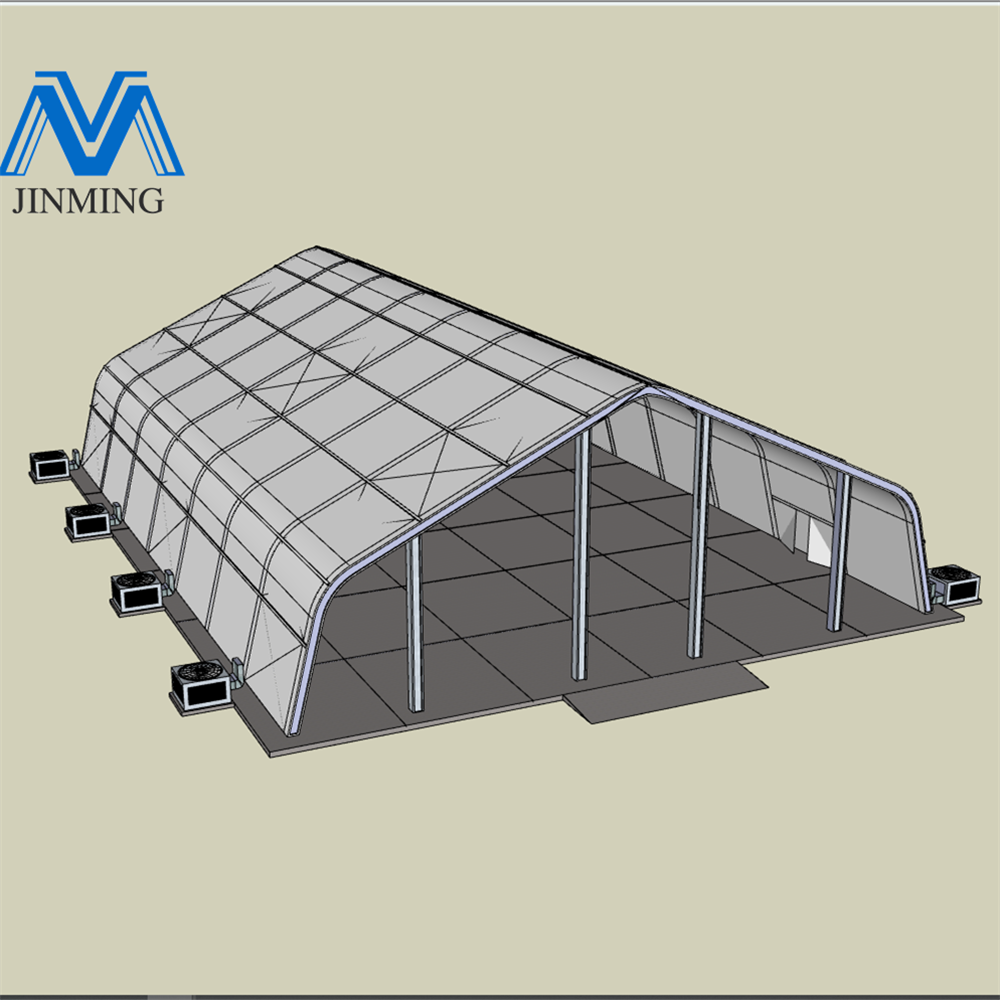
Privacy statement: Your privacy is very important to Us. Our company promises not to disclose your personal information to any external company with out your explicit permission.

Steel Framed Buildings have gained significant popularity in recent years, owing to their cost-effectiveness, durability, and adaptability. These structures, which rely on steel construction frames, offer several advantages over traditional building methods. This article explores the various factors that contribute to the cost-effectiveness of Industrial Steel Buildings, emphasizing their long-term financial benefits and practical advantages.
One of the most immediate benefits of Structural Steel Buildings is their relatively low initial construction cost. Steel construction frames are pre-engineered and fabricated off-site, allowing for faster assembly and reduced labor costs on-site. This pre-fabrication process minimizes waste and shortens the construction timeline, resulting in significant savings. Additionally, steel's strength-to-weight ratio allows for lighter foundations, further reducing material costs and excavation requirements.
Time is a critical factor in any construction project, and delays can lead to increased costs. Steel-framed buildings are known for their quick assembly, as components are often pre-cut and pre-drilled, ready to be bolted together upon delivery. This efficiency reduces the overall construction time, allowing businesses to begin operations sooner, which can be crucial in industries where time-to-market is essential. The quicker a building is completed, the faster it can start generating revenue, making steel-framed buildings a financially sound choice.
Industrial steel buildings are renowned for their durability. Steel is inherently resistant to many of the challenges that plague traditional building materials, such as rot, mold, pests, and fire. This resilience translates into lower maintenance costs over the building's lifespan. Unlike wood or concrete structures, steel-framed buildings do not require frequent repairs or replacements, resulting in significant long-term savings.
Moreover, the durability of structural steel buildings contributes to their longevity. A well-maintained steel building can last for decades, often outlasting buildings constructed with other materials. This longevity further enhances their cost-effectiveness, as the need for costly renovations or reconstructions is minimized.
 Energy Efficiency and Sustainability
Energy Efficiency and SustainabilityEnergy efficiency is another area where industrial steel buildings shine. The design flexibility of steel allows for the incorporation of advanced insulation materials and energy-efficient systems, reducing heating and cooling costs. Steel-framed buildings can be easily insulated to meet or exceed energy codes, leading to lower utility bills over time.
In addition to energy savings, steel is a highly sustainable material. It is 100% recyclable, and many industrial steel buildings are constructed using recycled steel. This not only reduces the environmental impact of construction but also contributes to a building's overall sustainability profile, which can be a valuable asset for companies looking to enhance their corporate social responsibility (CSR) initiatives.
The adaptability of industrial steel buildings is another key factor in their cost-effectiveness. Steel construction frames allow for large, open spaces without the need for load-bearing walls or columns, making the interior layout highly flexible. This flexibility is particularly beneficial in industries where space needs may change over time. Businesses can easily modify or expand their steel-framed buildings to accommodate new equipment, increased production, or other changes in operations.
Furthermore, the modular nature of steel buildings means that they can be disassembled and relocated if necessary, preserving the initial investment. This adaptability ensures that the building remains useful and relevant, even as business needs evolve, preventing the need for costly new constructions.
Insurance costs are often lower for steel-framed buildings due to their resistance to fire and other hazards. Steel is non-combustible, which reduces the risk of fire-related damage and, consequently, insurance premiums. Additionally, the robustness of structural steel buildings makes them more resilient to natural disasters such as earthquakes and hurricanes, further lowering insurance costs.

Industrial steel buildings offer a compelling combination of low initial costs, reduced construction time, long-term durability, energy efficiency, and adaptability. The use of steel construction frames provides a solid foundation for creating cost-effective and sustainable structures that meet the demands of various industries. With lower maintenance and insurance costs, along with the potential for flexible modifications, steel-framed buildings represent a smart investment for businesses looking to maximize their financial resources. As industries continue to evolve, the cost-effectiveness of industrial steel buildings will likely remain a key factor in their growing popularity.

Privacy statement: Your privacy is very important to Us. Our company promises not to disclose your personal information to any external company with out your explicit permission.

Fill in more information so that we can get in touch with you faster
Privacy statement: Your privacy is very important to Us. Our company promises not to disclose your personal information to any external company with out your explicit permission.